How To Maintain A Coal Pulverizer?
According to the rotating speed of the grinding parts of the coal mill, the coal mill can be divided into a low-speed coal mill, a medium-speed coal mill, and a high-speed coal mill. The air-swept ball mill is a kind of low-speed coal mill.
How does a Coal Pulverizer work?
The raw coal is delivered to the feeding device of the coal mill, and at the same time the hot air with a temperature of about 300°C also enters the feeding device through the air inlet pipe, where the raw coal containing moisture starts to exchange heat.
When the raw coal enters the drying chamber of the coal pulverizer, a special lifting plate is set in the drying chamber to lift the raw coal, so that the raw coal can be dried by strong heat exchange here.
Through a double-layer compartment board with lifters, the dried coal pieces enter the grinding chamber, where is installed with grinding medium (grinding steel balls). The coal blocks are crushed and ground into powder in this chamber.
While grinding the coal, the pulverized coal is taken out of the coal mill from the discharge device by a special induced draft fan.
The coarser coal granules will return to the grinding chamber through the return screw of the discharge device for regrinding.
What Are Coal Pulverizer Parts?
• Ball cylinder and built-in parts
• Sliding bearing and its lubrication system
• Main bearing and its lubrication system
• Feeding and discharging device
• Transmission part of the coal mill
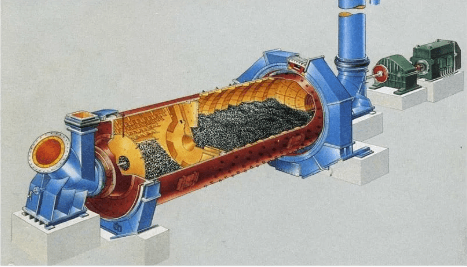
Ball Cylinder
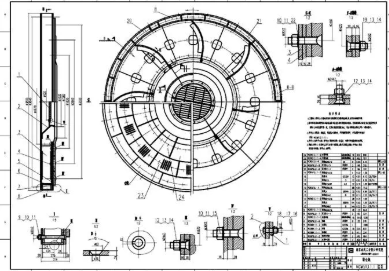
Partition Board
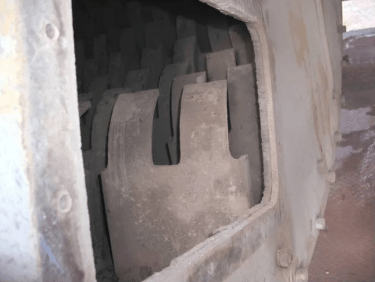
Lifting Plate of the Drying Chamber
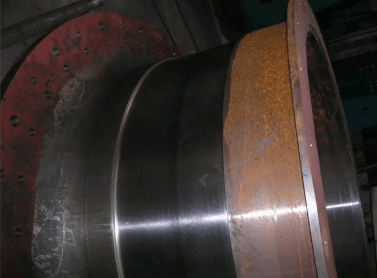
Hollow Shaft
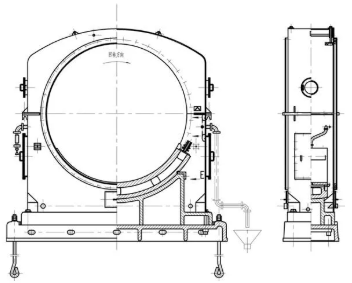
Main Bearing
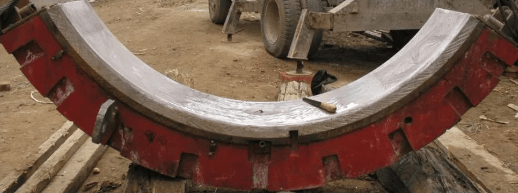
Bearing Bush of the Main Bearing
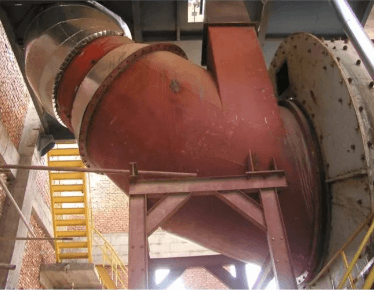
Feeding Part
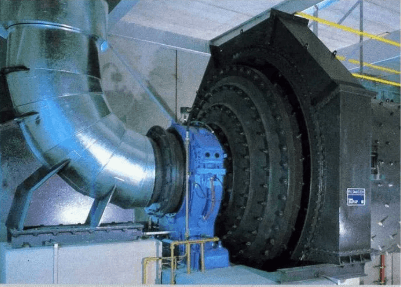
Discharging Part
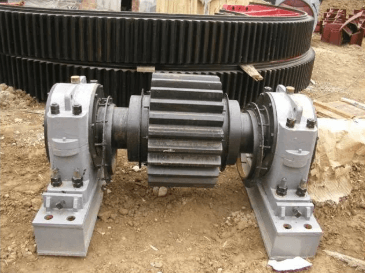
Pinion and Bearing Chock
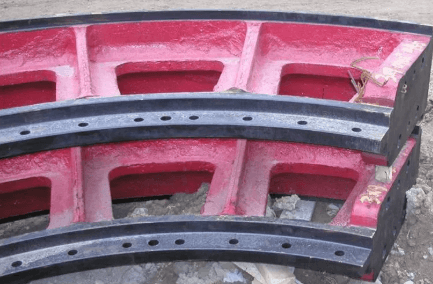
Ring Gear
How To Maintain A Coal Mill?
The work carried out by the coal mill is relatively heavy, so it will suffer more losses. If these faults are not solved in time, they may cause some more serious problems. It is very vital to do a good job in the maintenance of the coal mill
Common Faults Of Coal Pulverizer
Over Temperature Of Bearing Bush
Bearing bush is one of the important parts of ball mill for coal grinding. It usually fails due to excessive temperature, which is caused by many factors.
The pivot clearance of the hollow shaft at the feed end is too small.
When the ball mill is running, most of the energy is converted into heat. The heat generated by the ball mill combined with the temperature of some raw materials causes the temperature to rise, which promotes the axial thermal deformation of the hollow shaft. Therefore, the expansion during operation must be considered during installation.
The increase of temperature causes the axial thermal deformation of the cylinder, resulting in thermal expansion. Heat rise and cold contraction caused by shutdown may make the bearing bush heat due to axial force. Therefore, the expansion during operation must be considered during installation.
The Scraping Accuracy of Bearing Bush is not Enough
The scraping range of hollow shaft bearing bush shall be within the contact wrap angle < 35 °, and there shall also be gaps on the two sides. For some specific parts, there are strict data requirements. For example, the contact spots need to be reasonably and evenly distributed along the bus, and the distance between spots should be balanced as much as possible.
It should be noted that there are oil grooves inside the contact angle scraper, but the oil grooves cannot be scraped through.
In recent years, a new scraping method has emerged. For scattered abrasion and galling on the journal, first polish the journal with a fine oilstone to polish and flatten the pulled burrs. Then scrape and repair the bearing openings on both sides of the bushing, gradually reduce from top to bottom, form an arc-shaped oil guide groove and a gradually reduced wedge gap, do not scrape and grind within 30 ° of the lower part, and only polish the back of the abrasive cloth for several times.
The Spherical Tile Ddoes not Match the Spherical Seat
Since the spherical tile has the function of automatically adjusting the coaxiality of the hollow shaft and the bearing bush, after the spherical seat and the spherical tile are assembled, the distribution of contact spots is uniform and continuous, the spacing should be >5mm, the circumferential wrap angle of the spherical contact belt should be <45°, The contact width should be> 1/3 of the spherical tile width, but <10mm.
If the contact between the spherical tile back and the tile seat is not good, it will inevitably lead to a small area contact between the tile surface and the hollow journal, resulting in greater static load and local high temperature on the contact side of the bearing. At this time, during installation, the outer spherical surface of the spherical tile should be scraped and polished to keep the outer spherical surface smooth, and rotate flexibly in the concave spherical surface of the base to play the role of automatic centering.
Oil Film has not yet Formed on the Bearing Surface
Before the test run, lubricate the bearing surface of the ball mill at both ends to prevent the bearing surface from being strained.
Because the bearing bush and the hollow journal will produce some tiny babbitt alloy particles when running in, mixing in the lubricating oil will cause abrasive wear, so the clean lubricating oil should be replaced in time after the test run.
Loud Noise During Gear Meshing
There are two main reasons for the noise caused by gear meshing of coal mill. One reason is that the lubricating oil is not suitable. The viscosity of the lubricating oil is too low, so that the friction resistance of the machine is too large and makes noise during operation.
Cracks in Coal Mill Cylinder
The welding seam does not meet the welding standard, which can directly lead to the fracture of the welding seam. Or, if the stress relief is not performed after welding, the welding stress is too large, and cracks may also occur.
Tips for Solving Coal Pulverizer Faults
Select the correct lubricating oil and use it reasonably
It is very important to select the correct lubricating oil to protect the bearing. Use lubricating oil according to the manufacturer's requirements as far as possible.
Besides, check the lubricating system regularly.
Adjust the Meshing of the Gears
The coal ball mill can be turned only after red lead oil is applied to at least 4 teeth of the pinion. When the mill is running, observe the contact area and parts of the pinion and the ring gear. The correct meshing position of them shall be on the pitch circle line, and the direction of tooth length and tooth height shall meet the requirements.
According to the operation of the gears, appropriately extend the no-load operation time and run in the tooth surface until it is put into normal use. In consideration of installation, thermal expansion, deformation and other factors, the tooth top clearance should be increased, and the upper limit is recommended.
Reduce the Noise
For the noise problem caused by loose bolts, the rubber sealing ring can be replaced in time. Seal the inside and outside of the bolt hole at the same time to enhance the sealing effect.
Prevent Cracks in the Cylinder
According to the analysis of the bending stress and shear stress of the cylinder, the most stressed parts are located at the two ends of the cylinder. Therefore, in addition to the use of transition steel plates, the welding of the endplate and the cylinder is very important.
The steel plate of the end plate of the steel ball mill is thick and the steel plate of the cylinder is thin. The contact between the two is easy to break, because there is no transition arc, but a right angle, resulting in stress concentration here.
The feed end plate is particularly easy to break because the feed end is close to the coarse grinding bin and the impact force caused by the grinding ball in it is very large.
It should be noted that in the last pass of welding, the right angle at this place shall be overlaid into a transition arc to reduce stress concentration.
If the cylinder is cracked when the ball mill is running, the cylinder must first be restored to its original position. The crack of the weld makes the cylinder swell. If it is welded directly, it will inevitably cause fracture again in the future production.
Therefore, first restore the cylinder to its original position, then remove the original weld bead, drill crack arrest holes, and weld the anti-deformation plate. Next, rotate the ball mill so that the cracks are at the top of the ball mill, and use the weight of the ball mill to make the cracks match naturally. The anti-deformation plate is welded on the highest part of the cylinder, covering the cracks, beveling and welding.
After welding outside the mill, go into the mill to clean the root of the weld and apply welding. Generally, welding is performed 2~4 times, and the welding seam should be tapped 2~5 times to eliminate internal stress.
